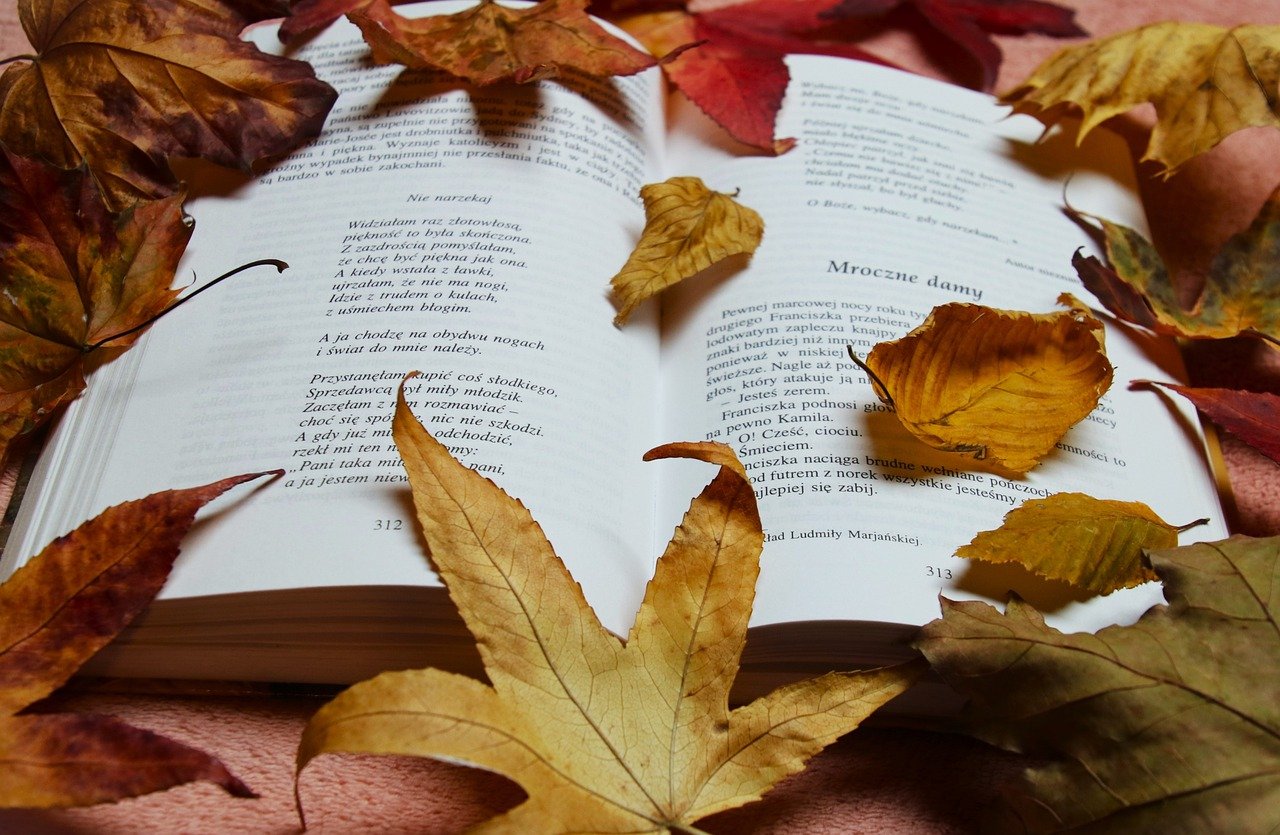L’Italia riconferma il suo primato nella poesia performativa: infatti è il terzo anno che un italiano vince la Coppa del Mondo di Poetry Slam. Il campionato, alla sua XVII edizione, si è tenuto come ogni anno a Parigi tra il 10 e il 16 maggio. In questa edizione a primeggiare è il poeta Filippo Capobianco, già Campione Nazionale LIPS; l’anno scorso il vincitore fu Lorenzo Maragoni e l’anno prima ancora fu Giuliano Logos De Santis.
Cos’è la Poetry Slam?
La Poetry Slam è una combinazione di scrittura e performance, nel quale la parola assume una grandissima importanza e viene adattata a differenti contesti. In breve uno slam è una gara tra poeti che si sfidano “a colpi di versi”. È a tutti gli effetti una forma di intrattenimento popolare dinamica e avvincente, che ha lo scopo di avvicinare il grande pubblico alla poesia. Il formato di un Poetry Slam può variare in base alla competizione ma conserva sempre alcuni elementi generali, che lo caratterizzano:
- il tempo, ai poeti in gara è concesso un lasso di tempo fisso per presentare il proprio prezzo;
- caratteristica della performance, la competizione enfatizza la voce, la presentazione tematica e la “teatralità”
della performance sono quindi vietati costumi ed oggetti di scena;
- la giuria, il pubblico è parte integrante del Poetry Slam. La giuria, scelta a caso tra il pubblico, decreta il successo della performance in base al contenuto, allo stile, all’originalità, al ritmo e altri criteri artistici;
Il Poetry Slam nasce nel 1984 quando Marc Smith, operaio nei cantieri e poeta, organizza una serie di incontri di lettura a voce alta in un jazz club di Chicago, il Get Me High Lounge. Il suo intento è quello di portare del nuovo nella scena poetica, facendo partecipare il pubblico sul palcoscenico. Nel 1986 Smith propone a Dave Jemilo, proprietario del Green Mill Cocktail Lounge, di organizzare ogni settimana una competizione di poesia. Così il 20 luglio dello stesso anno, nasce il primo poetry slam. Oggi, il poetry slam è diventata una forma d’arte internazionale ed è presente non solo negli USA ma in tutta Europa.
Condivido con voi, grazie a @steemlinks gli articoli che mi colpiscono di più. Se avete voglia di continuare questa lettura la trovate qui Poetry Slam
Trovo bellissimo che in un Mondo dominato dalla tecnologia e dai social network, ci siano tantissime persone che si appassionino di Poesia, a dimostrazione che la Cultura quando trova il modo giusto per essere veicolata è sempre attuale e le persone hanno fame di sapere e conoscenza e soprattutto del bello!
E in Italia come è stata accolta la Poesia Performativa? Benissimo dal pubblico molto meno dagli ambienti accademici! Come sempre si ostacola tutto ciò che si discosta dal seminato, eppure sono proprio questi nuovi modi di affrontare la cultura a mantenerla viva e far appassionare le persone all'immenso patrimonio letterario che abbiamo in eredità!
Tantissime energie positive a tutti voi.
Grazie per il tempo dedicato a leggere il mio post!
ENGLISH VERSION
Italy reconfirms its supremacy in performance poetry: in fact, it is the third year that an Italian has won the World Cup of Poetry Slam. The championship, in its 17th edition, was held as every year in Paris between 10 and 16 May. This year's winner was poet Filippo Capobianco, already LIPS National Champion; last year's winner was Lorenzo Maragoni and the year before that it was Giuliano Logos De Santis.
What is Poetry Slam?
Poetry Slam is a combination of writing and performance, in which the word takes on great importance and is adapted to different contexts. *In short, a slam is a competition between poets who compete 'in verse. It is to all intents and purposes a dynamic and exciting form of popular entertainment, which aims to bring poetry closer to the general public. The format of a Poetry Slam may vary depending on the competition but it always retains certain general elements that characterise it:
- time, competing poets are given a fixed amount of time to submit their fare;
- the performance characteristic, the competition emphasises the voice, the thematic presentation and the "theatricality" of the performance so costumes and props are forbidden;
- the jury, the audience is an integral part of the Poetry Slam. The jury, chosen at random from the audience, decides on the success of the performance based on content, style, originality, rhythm and other artistic criteria;
The Poetry Slam was born in 1984 when Marc Smith, a construction worker and poet, organised a series of read alouds in a Chicago jazz club, the Get Me High Lounge. His intention is to bring something new to the poetry scene by having the audience participate on stage. In 1986, Smith proposed to Dave Jemilo, owner of the Green Mill Cocktail Lounge, to organise a weekly poetry competition. Thus, on 20 July of the same year, the first poetry slam was born. Today, the poetry slam has become an international art form and is present not only in the US but all over Europe.
I share with you, thanks to @steemlinks, the articles that strike me the most. If you feel like continuing this reading you can find it here Poetry Slam
I find it beautiful that in a World dominated by technology and social networks, there are so many people who are passionate about Poetry, demonstrating that Culture when it finds the right way to be conveyed is always current and people are hungry for knowledge and knowledge and above all for beauty!
And how has Performing Poetry been received in Italy? Very well by the public, much less so by academic circles! As always, everything that deviates from the seed is hindered, yet it is precisely these new ways of approaching culture that keep it alive and make people passionate about the immense literary heritage we have!
Much positive energy to you all.
Thank you for taking the time to read my post!

